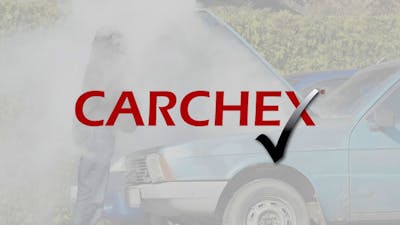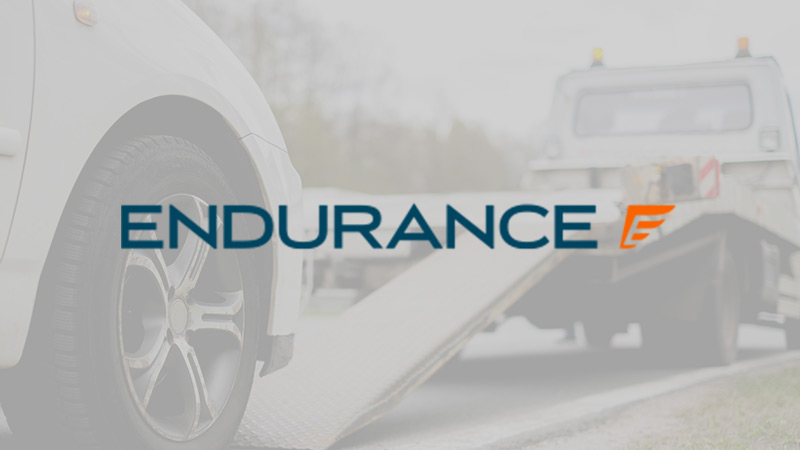Trusted Local Repair Shops Vs Dealerships
Where to take your vehicle for service is always a tough decision. On the one hand, the dealership is always the choice if the vehicle is under warranty and needs repairs. On the other hand, when the work isn't paid for by your vehicle’s manufacturer warranty, the cost from the dealer is often shockingly high. In this story, Car Talk will explain, leaning heavily on some recent pricing examples, why our team of experts suggests that a trusted local shop is the better choice for routine maintenance and out-of-warranty repairs.
Popular Warranty Providers
Why Pay More For Auto Repairs?
Your vehicle was designed to be repaired by any qualified mechanic in a shop equipped with tools available to anyone gutsy enough to start their own business. There is no routine maintenance job your vehicle requires that a good mechanic can’t do just as well as the dealer. The one big reason for using a local shop instead of a dealer is cost. Your local shop will almost certainly charge you less money for the same result.
The first way a trusted local shop will save you money is by not recommending unnecessary work. No, you don’t need to do all of the things a dealer dreams up and shows you a formal-looking work suggestion for. Dealers are notorious for suggesting pricey work that your car’s manufacturer does not suggest and which is not listed as required maintenance by your owner’s manual.
These often include the following:
- “Throttle Body Cleaning”
- “Fuel Injector Service”
- “Flush…”
That last one is a biggie. Many dealers, and even some shops and auto repair chains, can't wait to flush all your fluids. First of all, only change your fluids if the owner’s manual specifically says to do so. If the manual says “Change” or “Service,” then only perform that, not a flush. Not only is flushing unnecessary in many cases, but it can also damage your vehicle and, in some cases, void your warranty.
Read more on the topic of the Vehicle Fluid Flush Scam here.
The second way that dealers charge you more money is simply by charging you more money. It is not uncommon for dealers to offer great deals on oil changes and tire rotations. These almost always come with a “Free 12-point Inspection.” That inspection sounds like a great deal, but what the place is really doing is looking for ways it can offer you services you might need, at a very high cost, or possibly even work you do not need, also at a very high cost. Let’s look at two real-world examples and compare the prices paid for the same job.
Repair Cost Comparison - Proof By Single Example
A great example of a repair that can range widely in cost to the consumer is an alternator change. An alternator change is not a small job, but it’s also not a big job. Aftermarket or even OEM-supplied alternators are not extremely pricey, but they are not low in cost either. Let’s compare and contrast two prices for an alternator change, one done by a dealer on a very common affordable vehicle and one by a trusted local shop on an obscure model.
The first alternator change was quoted by a Subaru dealer on a 2016 Forester. The Forester is a top-selling crossover and Subaru’s bread-and-butter vehicle. The company sells them by the tens of thousands per month. This is the very definition of a mainstream vehicle. The alternator is easy to access in the Forester, being located conveniently at the top front of the engine bay, where it can be quickly swapped out by any qualified mechanic.
We obtained a price from a Boston-area Subaru dealer to change an alternator for the very common Subaru Forester of $945.08. The dealer charges $198 for the labor and $660.35 for the alternator itself. The dealer also replaced the accessory belt at a price of $86.73.
Our second example is not at all a common vehicle. A colleague of Car Talk’s, Kamil Kaluski, is fond of overlanding and vehicle adventures. He sought out a rare, Japanese-market Toyota SUV called a Land Cruiser Prado. It’s a lot like our U.S. market 4Runner or Land Cruiser. He found a right-hand-drive Prado that had been imported and purchased it. Then, he took it to a trusted local mechanic to have it fully serviced and have some repairs done on it, including replacing the alternator. As you can see, the total cost of the alternator replacement was $310. The labor was $100, and the part itself was $210.
In this example, the local trusted shop was able to replace an alternator in an obscure, low-volume vehicle that was not even sold in America for about a third of the cost of a dealer replacing an alternator in one of America’s top-selling affordable crossovers.
Another Price Example
Proof by single example is a terrible way to make one’s point, so let’s look at another example. Kamil’s receipt also shows a line item for the replacement of the six spark plugs in the Prado, plus the plug wires, coil extensions, and a fuel filter. The total cost for all of that work and all of those parts is $150.00.
We visited a Boston-area Subaru dealer to see if we could find a price for replacing the spark plugs in the Forester and found our answer taped on the service advisor's desk. As our image shows, the cost to replace six spark plugs in a Subaru is a whopping $562.99.
Brakes Are a Great Example of Dealer Mark Ups
Car Talk recently asked two local shops to price out rear brakes (pads and rotors plus the labor) on a Subaru Forester and Mazda CX-5, and we were quoted “About $450” each by both shops. We then took these same vehicles to their respective Boston-area dealers, and we paid $735.02 for the Mazda’s brake job and $671.50 for the Subaru.
Advantages of Using a Trusted Local Repair Shop
Local shops offer great price savings for most jobs you will need on your vehicle. Shops we have worked with also offer excellent communication and, in many cases, a dialogue about how best to affordably repair or maintain the vehicle. However, we have also experienced some downsides.
A lack of workers is hitting every business in America, but local repair shops seem to be suffering more than dealerships. We have had numerous occasions where a local shop needed a week’s notice to perform work on one of our vehicles. Also, none of the local shops we worked with in the Boston area offered loaner vehicles. That means dropping off and picking up the vehicle can be a hassle. Particularly in winter when walking or biking home is not an option.
Dealers Have Some Advantages
You may notice that we “overpaid” for two brake jobs recently. That was not a typo. Yup, we didn't take our own advice. There were two main reasons. First, parts scarcity meant that our Mazda was left unrepaired by a local shop that could not get the needed parts the same day. Second, work schedules meant that we needed a convenient way to drop off the car, go to work, and then pick up the car. Both the Mazda dealer and Subaru dealer offered free loaner cars. Both were new and top trims. In both cases, the dealers were able to do the work the same day or the next day, our choice.
Another advantage offered by dealers is their willingness to charge competitive rates for oil changes and tire rotations. We compared prices locally and found that auto repair chains were the least expensive for this simple work, and that dealers and trusted local shops charged roughly the same. The trick is to use a dealer service coupon. You can usually find them on the dealer’s website.
There is one final advantage that dealers offer, and we are almost embarrassed to mention it. Dealers in our area of New England will almost always wash your car for free if you have a repair done. We understand that the value of a car wash is only about $15, but in the middle of winter in New England, a car wash is always welcome. We have never heard of a local shop that washed cars.
Read more on the topic of finding a great repair shop with Car Talk’s Ultimate Guide to Finding a Good Mechanic in 2023.
Our Take - Use A Local Shop Unless You Are Willing to Pay For Convenience
Dealers today are often able to make repairing your car quicker and simpler than some local shops. If this is a priority for you, consider the dealer, but be ready to pay the price. If you can wait for service or you can find transportation to and from the dealer, you can save a lot of money by opting for a local shop.













